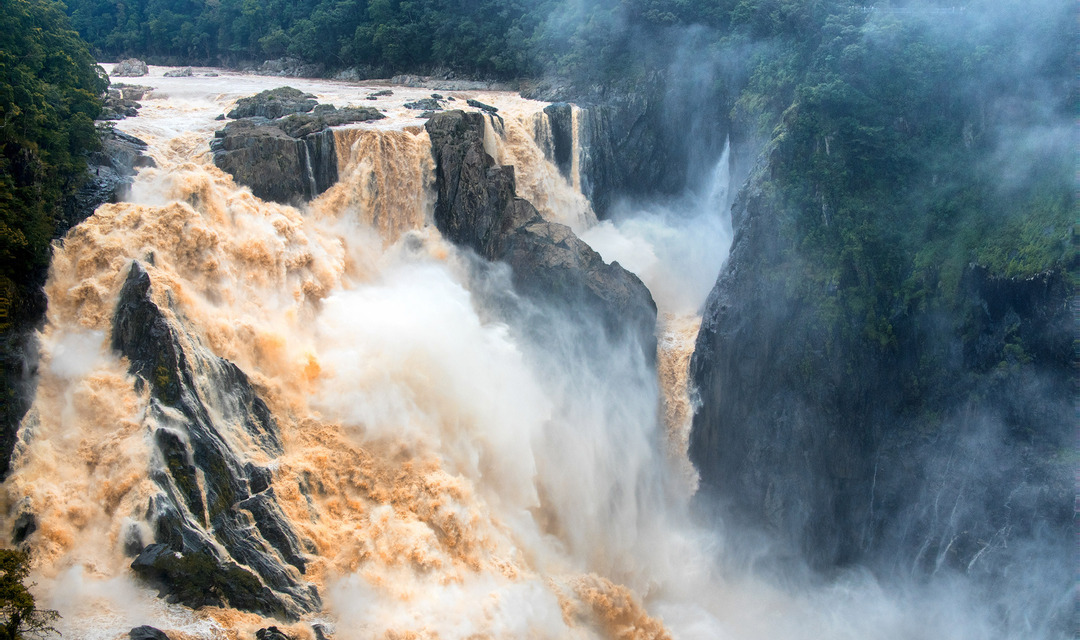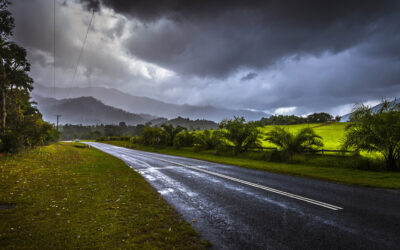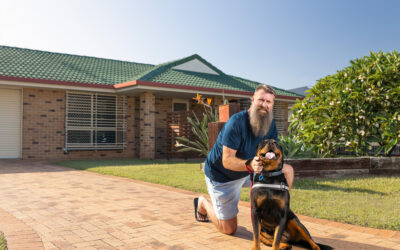MOST PEOPLE DON’T.
When you hear about a 1-in-100 year flood, you might think, “Well, we’re safe for the next century, right?” In fact, the recent Flood Inquiry reported many residents were left confused assuming that if a 1-in-100 year flood happened last year, it would not occur again for another 99 years. But that’s not really how it works.
What does a 1-in-100 year flood really mean?
A 1-in-100 year flood doesn’t guarantee a major flood only happens once every hundred years. Instead, the term refers to a one-in-100, or 1 percent chance of a flood reaching a specific level in any single year. This term often gives a false sense of security, because in reality, just because a flood happens this year, doesn’t mean the odds of another one next year or in the same year, are any lower. The probability remains the same each year at 1%.
How Climate Change influences flood risks
Climate patterns, like La Niña, can also significantly increase the frequency of extreme weather by bringing about more rain and increasing the risk of floods in certain areas. This phenomenon played a significant role in the Queensland floods of 1893, where an intense La Niña triggered two 1-in-100 year floods within two weeks.
It’s safe to say, Climate Change is making weather patterns less predictable and more intense worldwide. Rising temperatures mean the atmosphere holds more moisture, often resulting in more intense rainfall. As a result, a 1-in-100 year flood could start showing up more often, effectively transforming it into a 1-in-50 year flood zone or worse. In statistical terms, this would be a shift from a 1% to a 2% annual chance of severe flooding.
The Human Factor
It’s not just climate change affecting flooding, human activity plays a role too. Land clearance, deforestation, and the changing of river courses without considering water flow can all increase flood risks. These changes can make extreme flooding more likely, even in areas that weren’t historically prone to it.
Getting cover that’s right for you
There is no single source of truth for flood modelling. Local Councils, Government departments and insurers all use different models. So it is important to check what your insurer’s assumptions are and the specifics of policy coverage.
Sure Insurance looks at individual property risk not just a postcode. Which is why we are able to insure clients that some other insurers don’t.
Want to know more?
You might find these resources helpful:
Queensland Government Flood Resilient Building Guidance
https://www.qra.qld.gov.au/resilient-homes/flood-resilient-building-guidance-queensland-homes
Insurance Council of Australia : Understanding Insurance Flood Risk
https://insurancecouncil.com.au/resource/flood-insurance-explained/
Sure Insurance. Get a quote for your property not postcode
https://sales-sure-insurance.com.au/WebJourney


